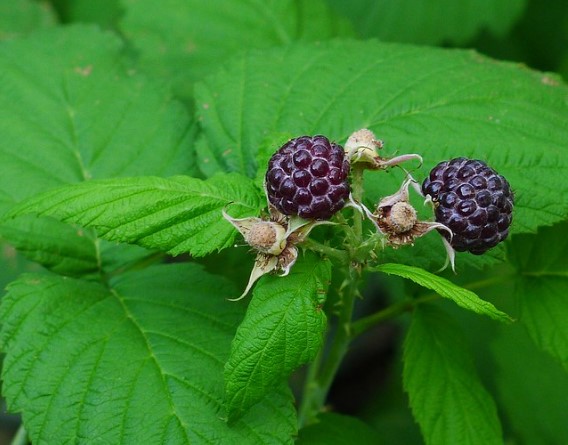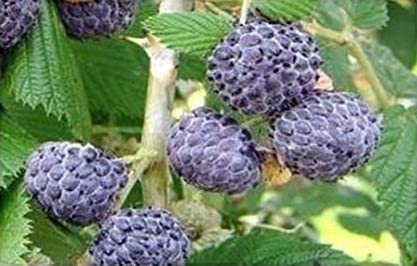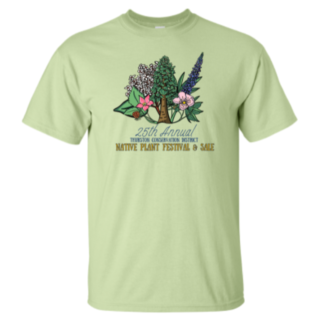Description
Sold in bundles of 10.
At a Glance: Blackcap raspberry grow in canes, similar to cultivated varieties of raspberry. They grow in erect and arching branches and reach up to 2 meters in height. Plants are covered with prickles. Blackcap raspberry grows especially well in disturbed sites such as burned clearcuts, thickets, and open forests.
Leaves: Alternate, deciduous, and crinkly in shape; 3 egg-shaped and sharp-toothed leaflets with white undersides.
Flowers: Small, white to pink flowers. Found in clusters of 3-7.
Fruits: Hairy raspberries that start out red and become deep purple to black when ripe. Berries are edible and very tasty.
Ethnobotany: Blackcap raspberry has many uses. Indigenous people of the Northwest utilize the berries as both a fresh and dried food source. Fresh spring roots can be eaten raw or cooked, and an infusion of the roots has been used to treat influenza. Raspberry leaves are commonly used as a tea to reduce menstrual cramping.
Growing Conditions:
| Sun/Shade Tolerance | Hydrology | Elevation Range |
| full sun >80% | well drained soils | low elevation |
| mostly sunny 60-80% | mid elevation | |
Reference:
MacKinnon, A., Pojar, J., & Alaback, P. B. (1994). Plants of the Pacific Northwest coast: Washington, Oregon, British Columbia & Alaska. Richmond, Wash: Lone Pine Publishing.




